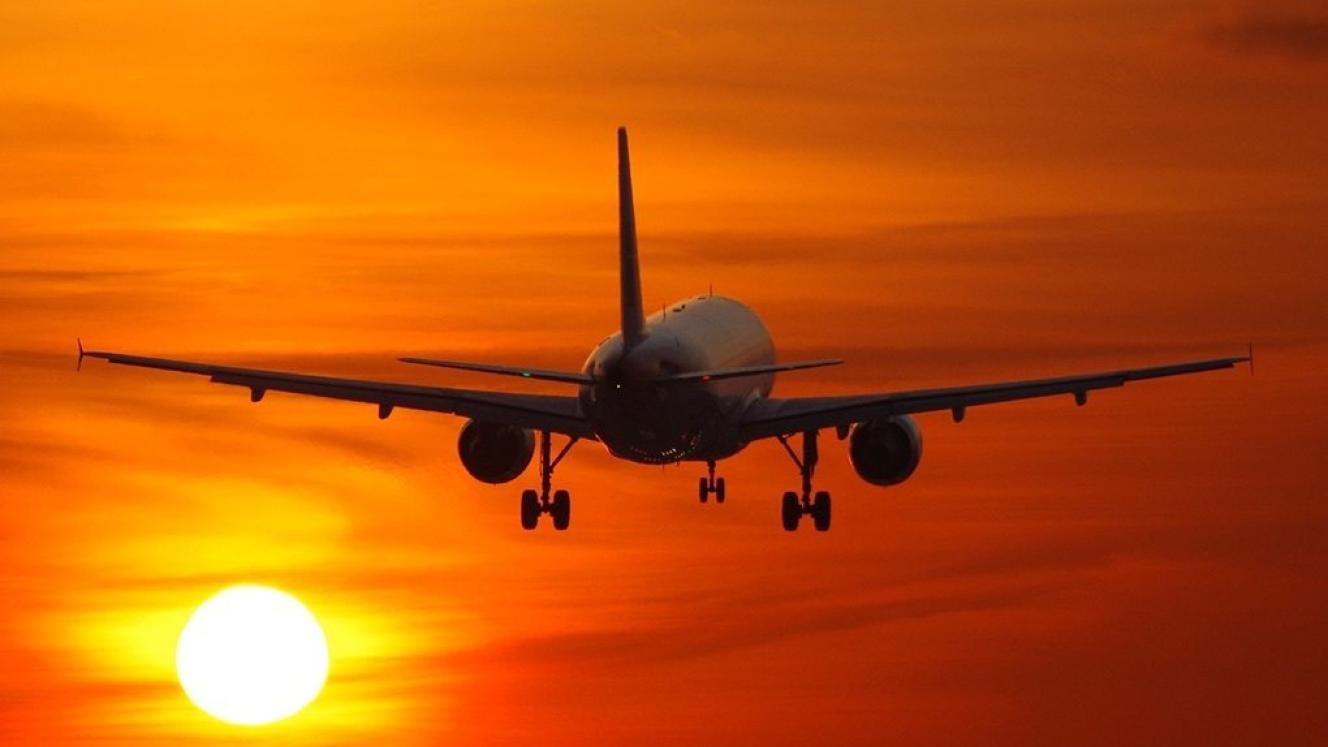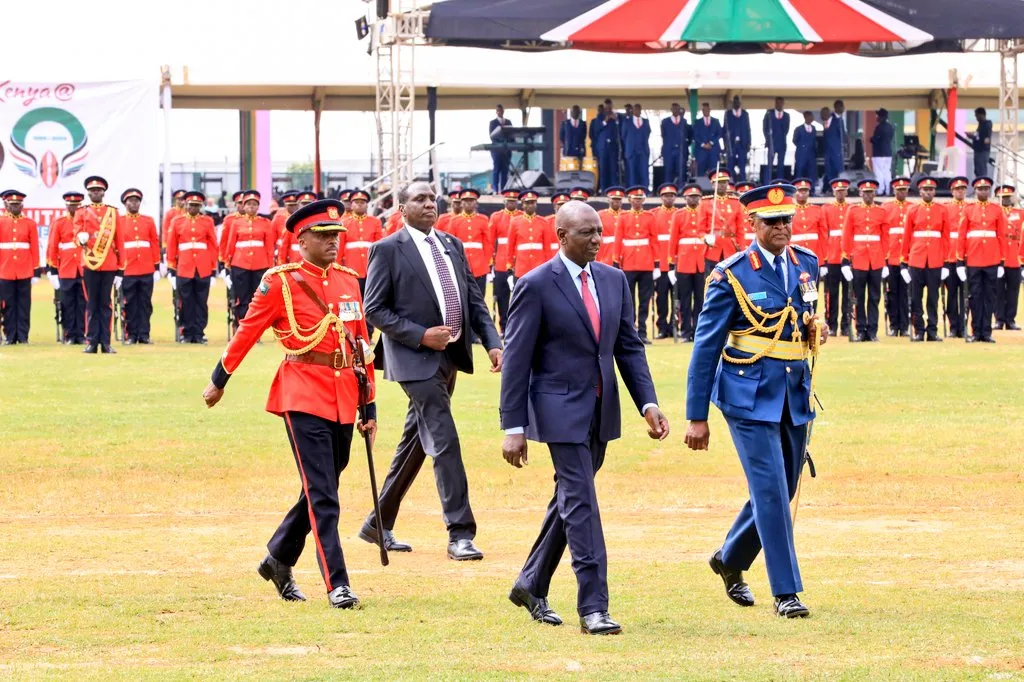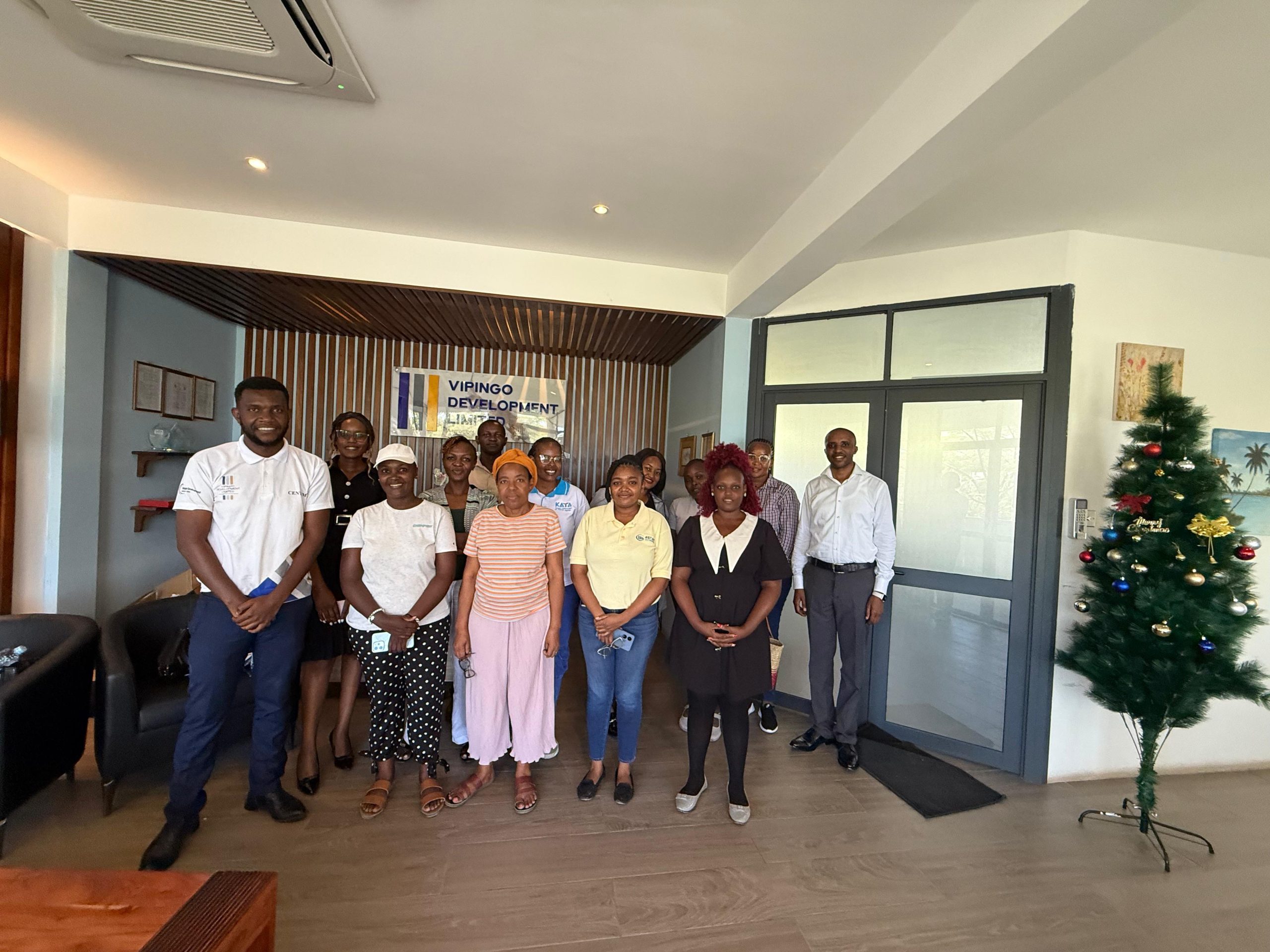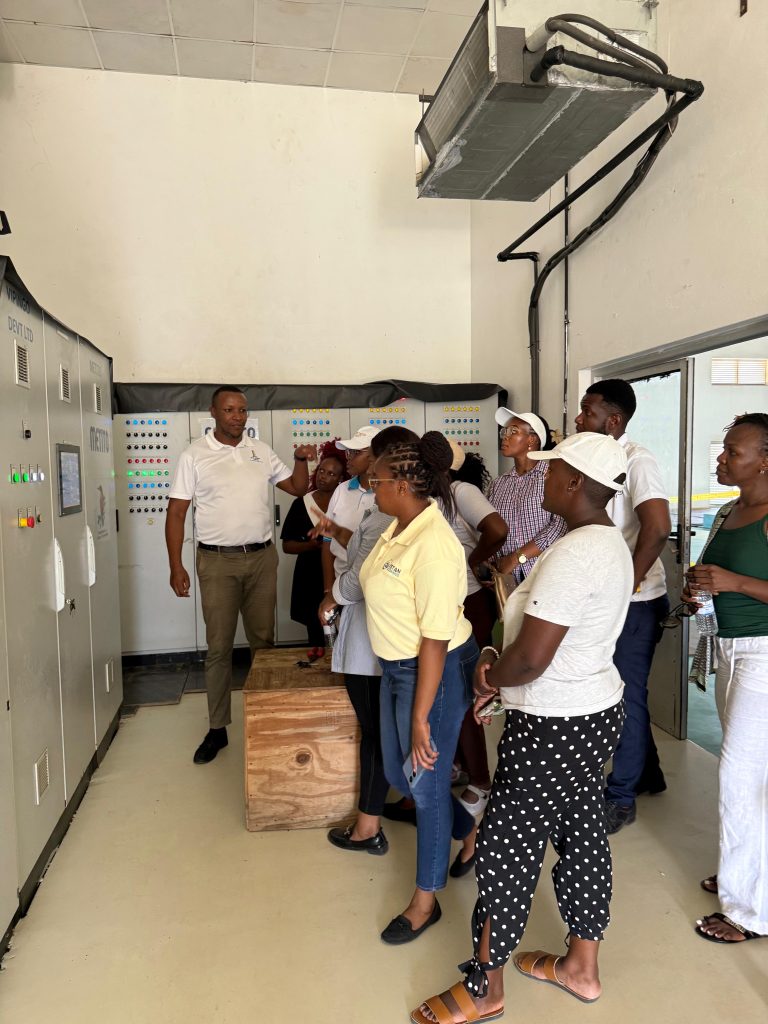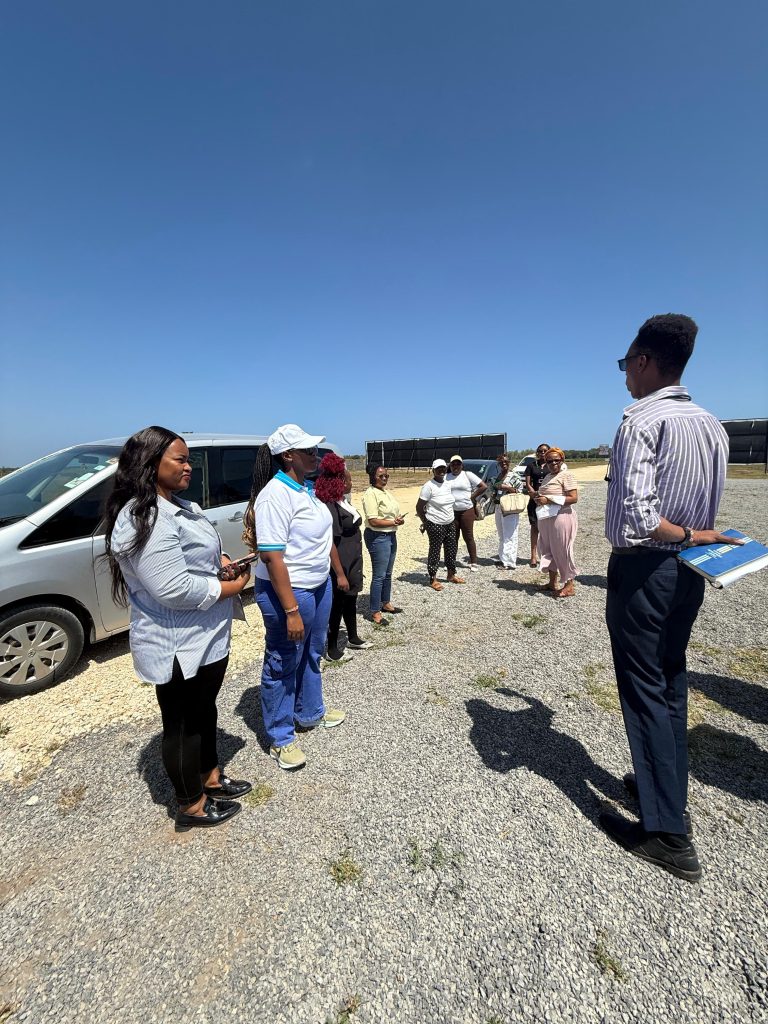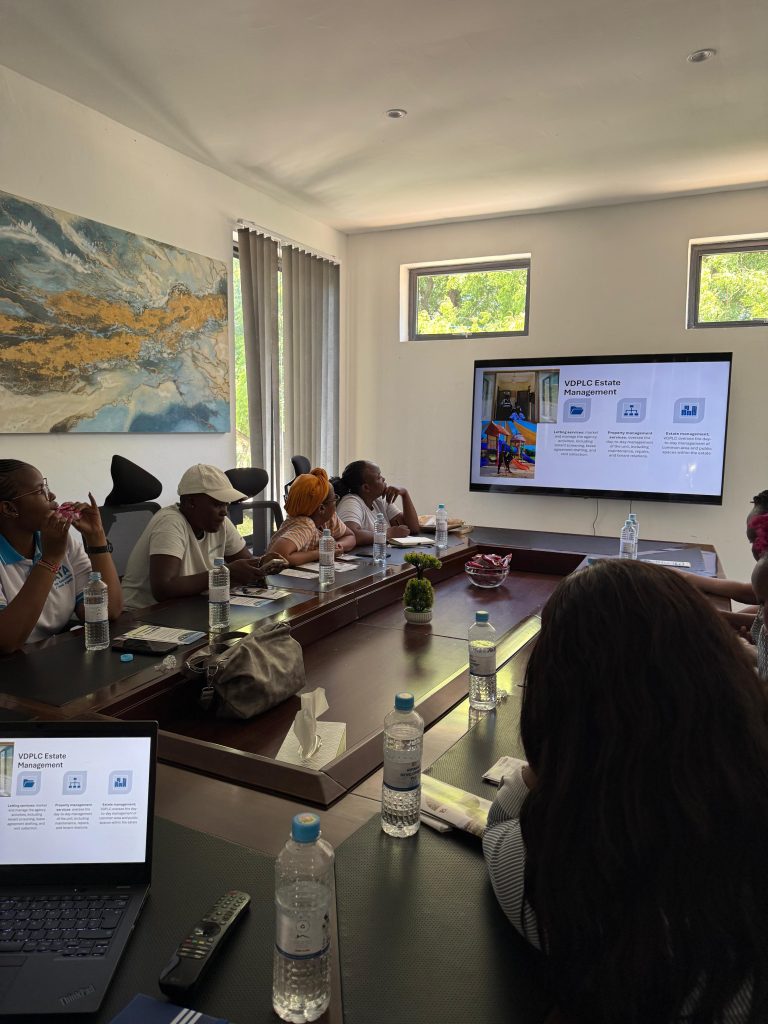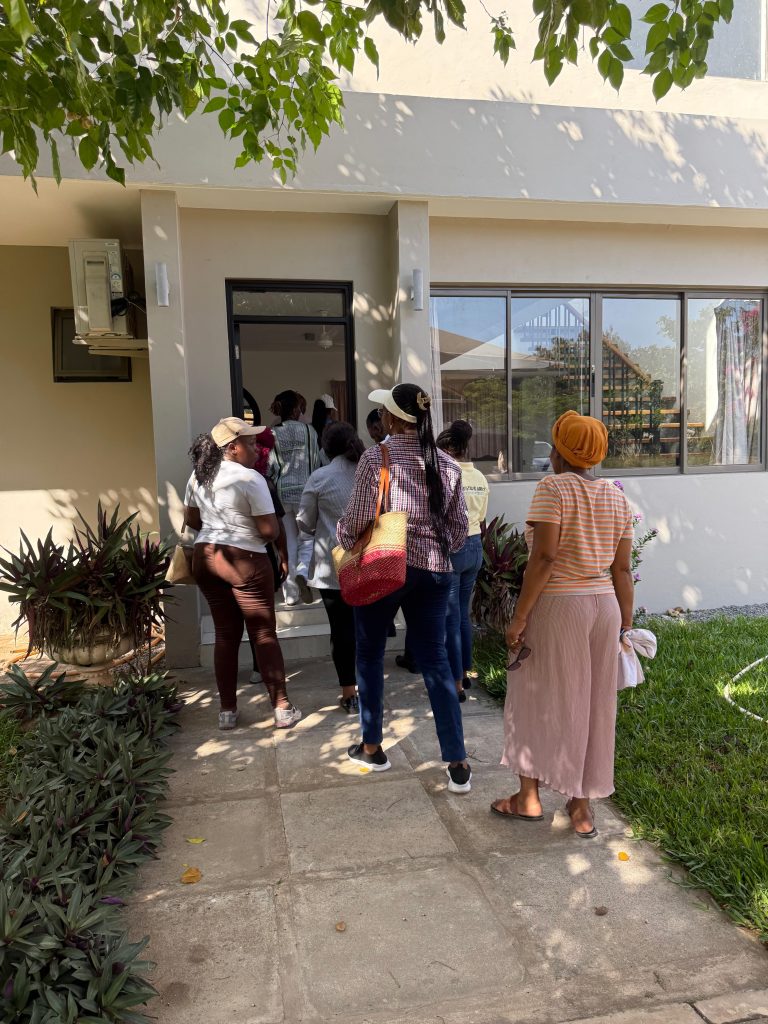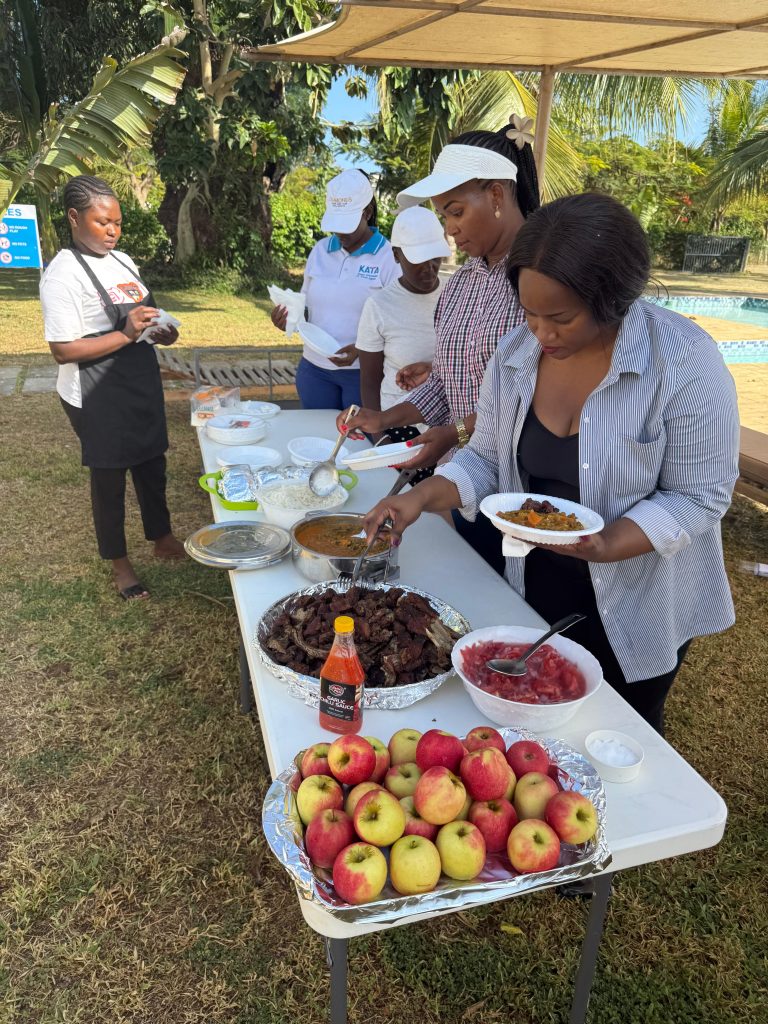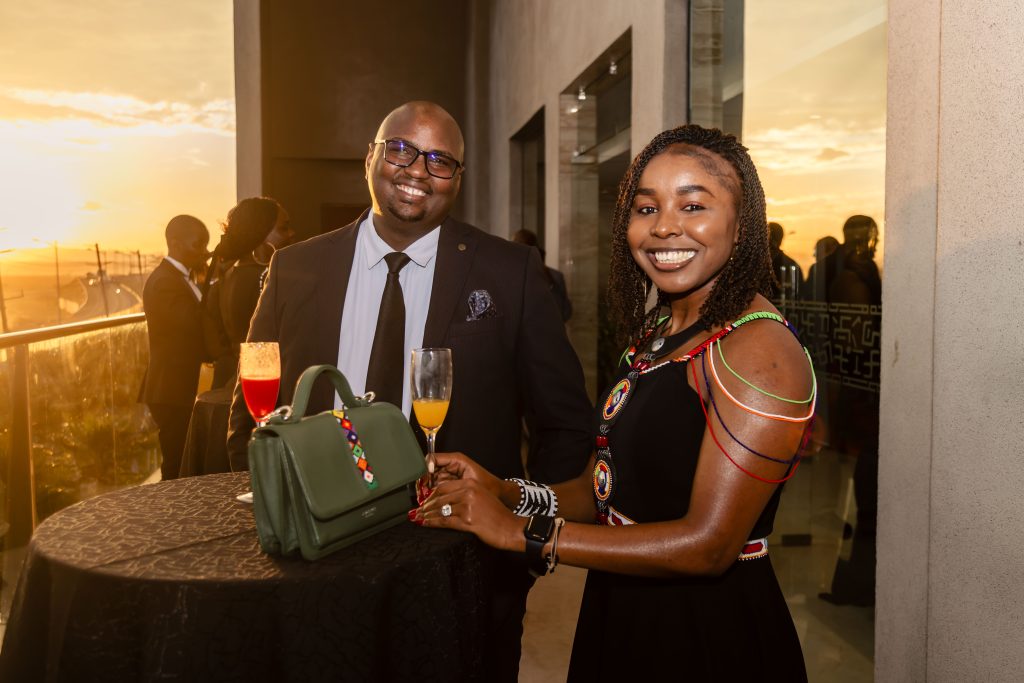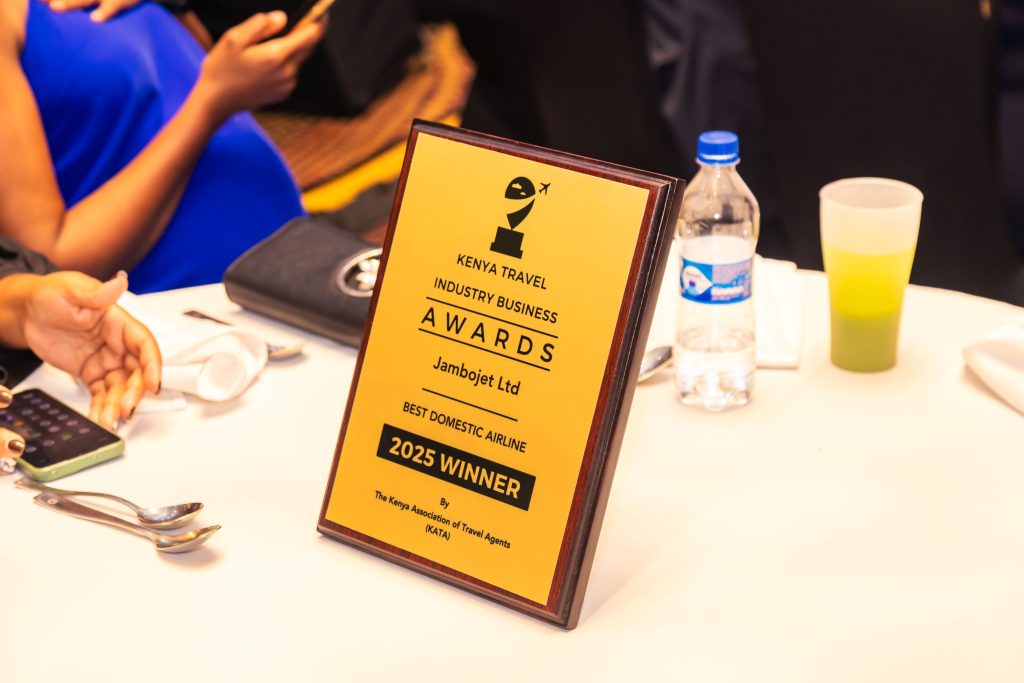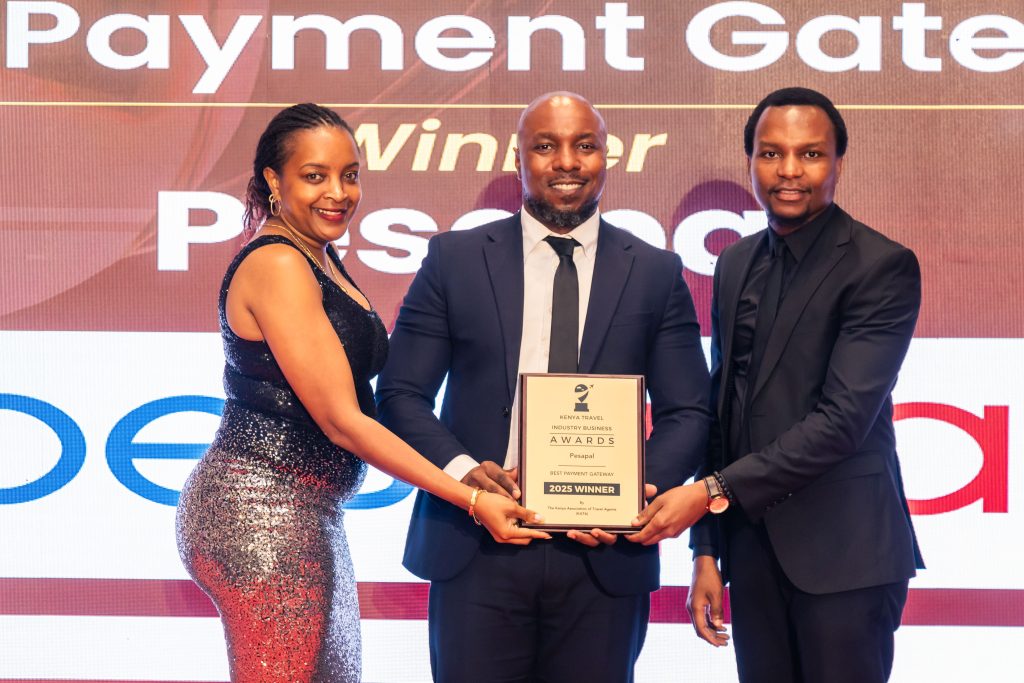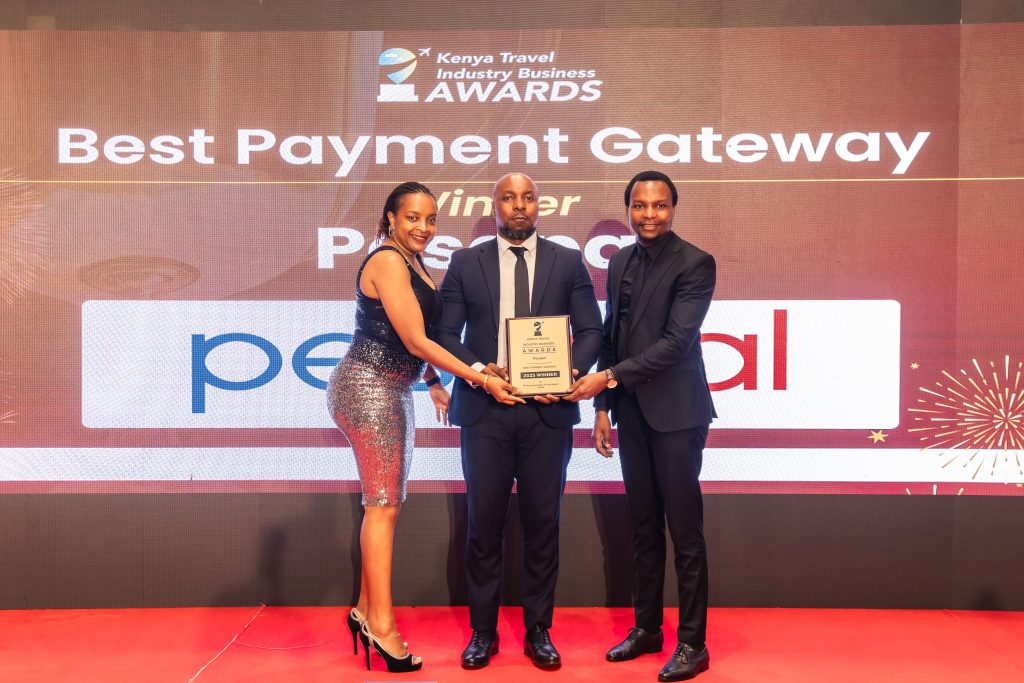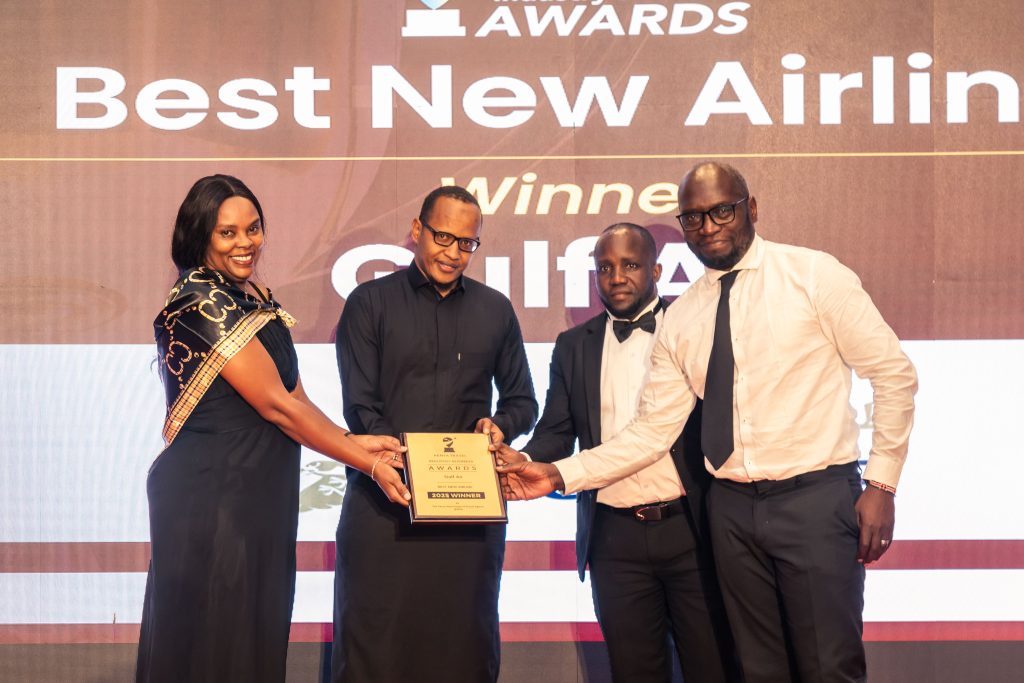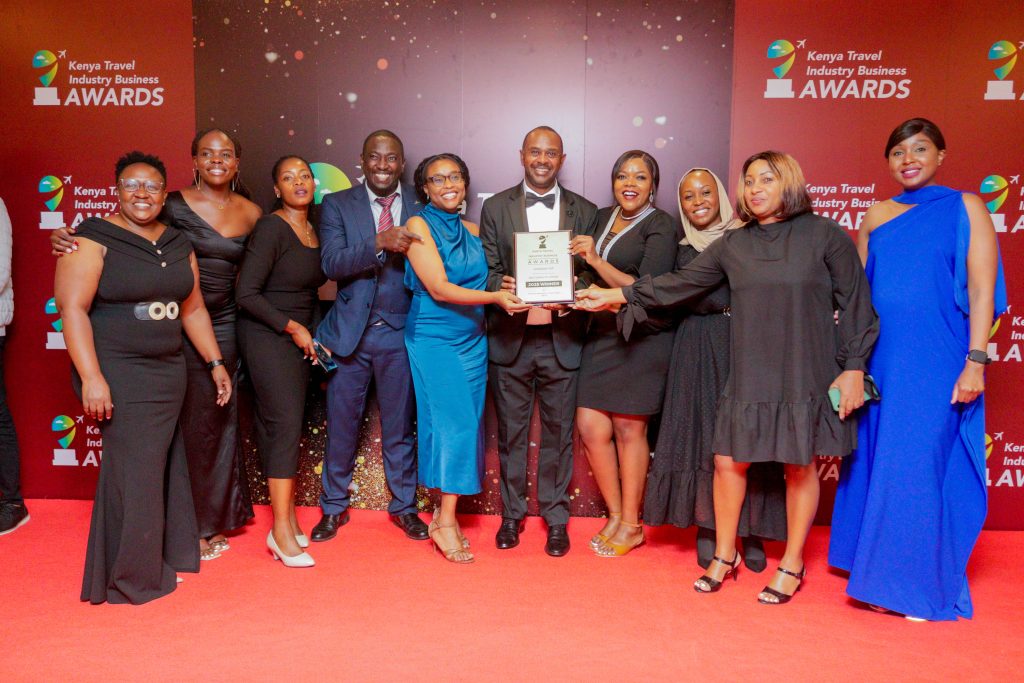The African Airlines Association (AFRAA) has officially deployed its Free Route Airspace (FRA) initiative in West and Central Africa, following two years of trials, and is preparing to extend the solution to East and Southern Africa next year.
FRA is the African aviation industry’s migration from traditional, land-based navigation – which relies on fixed waypoints and rigid airways – to a digital system that allows airlines to design more direct, fuel-efficient User Preferred Routes (UPRs). These routes enable pilots to adjust to real-time conditions such as weather, reducing fuel consumption, shortening flight times and lowering emissions.
“Planes have historically followed airways and consequently, it lengthens flight paths and can cause congestion at times. With FRA, rather than saying this is a path that aircraft must follow, it says these are places aircraft can’t go. This helps reduce congestion, optimise fuel consumption and, from a passenger perspective, could help reduce turbulence,” explained aviation expert, Sean Mendis.
Airlines operating in West and Central African airspace can now apply to operate on UPRs, with local air navigation service providers (ANSPs) committing to expediting approvals. By mid-2026, approvals will no longer be required.
Six African airlines – Ethiopian Airlines, Kenya Airways, EgyptAir, Royal Air Maroc, RwandAir and ASKY Airlines – have already been granted approval for UPRs to connect 30 key city pairs.
“The implementation of FRA in the region is a game-changer for African aviation,” said Abdérahmane Berthé, AFRAA Secretary General.
“This is a testament to what we can achieve through collaboration. By cutting flight times and fuel consumption, we are not only boosting the competitiveness and profitability of our airlines but also making a significant commitment to environmental sustainability.”
East and Southern Africa next
AFRAA confirmed that next year’s focus would shift to the Southern and East African airspace to conduct trials and move toward full FRA implementation.
However, unlike the Central and West African regions’ single main ANSP, Agence pour la Sécurité de la Navigation Aérienne en Afrique et à Madagascar (ASECNA), East and Southern Africa has an ANSP for every country.
“ASECNA making the decision to implement FRA accounts for a significant chunk of African airspace, with jurisdiction in over 18 countries,” said Mendis.
He said as every nation in the region controlled its own airspace, he expected that, while FRA would come, it would be more gradual and uneven.
AFRAA also plans to introduce a web-based coordination platform to support seamless collaboration between airlines and ANSPs in the region.
Don’t expect cheaper fares
Once fully implemented, FRA is expected generate major operational efficiencies. AFRAA estimates that airlines will save more than 1 393 hours of cumulative flight time, cutting 5 000 metric tonnes of fuel burn and 16 000 metric tonnes of CO2 emissions, resulting in a reduction in annual fuel costs of about US$15 million (R255,4 million).
However, Mendis warned that implementation would not be quick or easy, and that it was unlikely that it would reduce the cost of flying for passengers.
To fully realise the benefits of FRA, ANSPs will have to implement expensive tracking and extensive radar coverage, but many parts of Africa currently do not have this technology.
“There is not a huge volume of people flying to be able to recover the costs of putting in primary or secondary surveillance radars. But the cost of implementing surveillance radar, and so forth, will have to be recovered somehow,” he said.
“The reality is, in areas where this technology already exists, such as South Africa, there wouldn’t be a significant increase to costs. But for other countries that still have to implement surveillance radars, there may potentially be an increase to charges because the ANSP will have to recover costs,” added Mendis.
Source: travelnews.co.za

